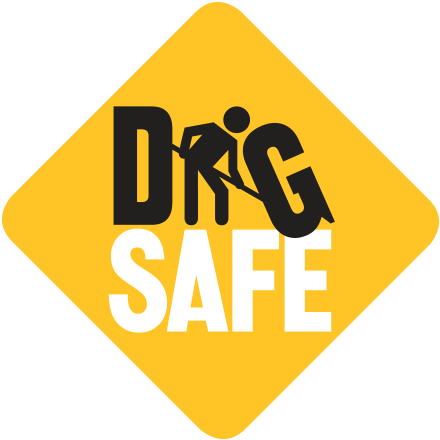Pipeline Right-Of-WayA pipeline right-of-way is the strip of land above a buried pipeline. Pipeline companies acquire the right to use the land for construction, operation, inspection and maintenance of their pipelines, but do not usually own the land. Right-of-ways identify an area where certain activities are prohibited to protect the public and the integrity of the pipeline. They are typically cleared of trees and most vegetation, as well as building and other structures, and are always clearly marked with warning signs. Warning signs/markersFederal and various provincial regulations require pipeline companies to place warning signs along their pipeline route. The most visible locations are chosen for warning signs – along highways, at road, railway and water crossing and other prominent locations. Warning signs clearly and continuously mark the pipeline’s location along pipeline right-of-ways. It’s important to remember that these markers only show an approximate location of a pipeline, and the location and depth of pipelines vary. Always call before you dig to get the exact location of a pipeline.Depth of coverDepth of cover refers to how far a pipeline is buried underground. Typically pipelines are buried between one and three metres below the surface. The depth of cover over a pipeline can vary for many reasons.Bottom Line: Always Call or Click Before You DigPipelines operate 24/7 underneath our feet and we’re generally unaware of them. Warren Loper, Supervisor, Damage Prevention at Enbridge, says this fact makes damage prevention knowledge even more important. |
Copyright 2016 - Dig Safe Canada - All Rights Reserved


